
Predicting the Woman Hairstyles of the Future: 7 Trends Shaping the Next Decade | Tech & Sustainability
12 min read

12 min read

12 min read

14 min read
Download our app to instantly see how you'd look with any hairstyle or color
Get the App
13 min read

13 min read

11 min read
Download our app to instantly see how you'd look with any hairstyle or color
Get the AppThe world of hairstyling is rich with intricate designs and timeless classics, but few capture the essence of romance and whimsy quite like the waterfall braid. This enchanting style, known for its signature cascading effect, weaves together the structure of a braid with the flowing beauty of loose hair. It’s a versatile look that can be adapted for a sun-drenched festival, an elegant wedding, or a sophisticated day at the office. Unlike a traditional French braid that contains all the hair, the waterfall braid allows strands to fall gracefully through the plait, creating a delicate, water-like cascade that moves with you.
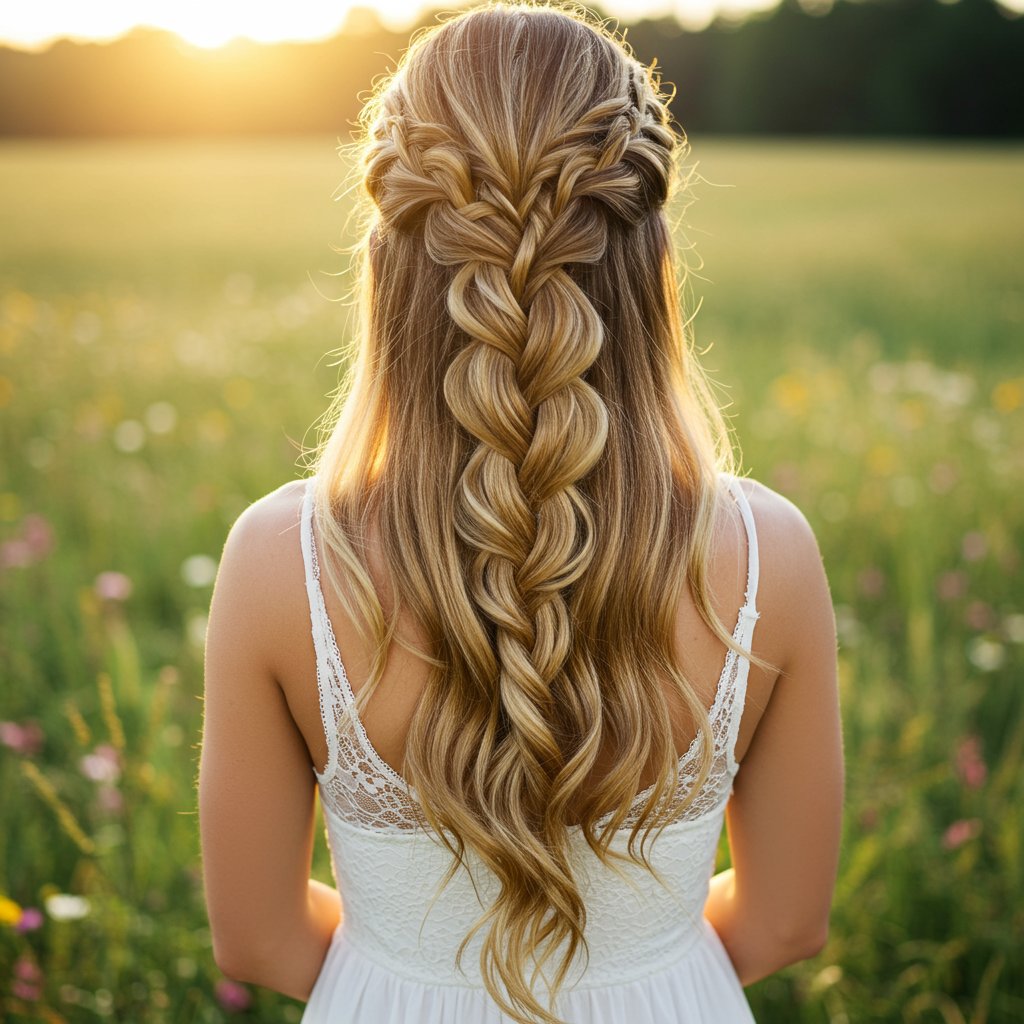
This comprehensive guide will demystify the art of creating the perfect waterfall braid. We will explore its unique structure, delve into the essential preparation steps for different hair types, and provide a detailed, step-by-step tutorial that even beginners can master. Furthermore, we'll uncover stunning variations to elevate your look, troubleshoot common mistakes, and discuss why seeking a professional stylist can make all the difference for those milestone events. Whether you’re looking to add a touch of bohemian flair to your everyday style or searching for the perfect romantic updo, understanding the waterfall braid is a valuable skill for any hair enthusiast.
At its core, the waterfall braid is a modified French braid. The foundational technique is similar: you begin with three strands and progressively add new hair to the braid as you work your way across the head. However, the key difference—and the source of its magical effect—lies in what you do with one of the strands. In a standard French braid, you add hair to both the top and bottom strands and continue weaving them into the central plait. In a waterfall braid, you add hair to the top strand as usual, but you intentionally drop the bottom strand, letting it fall loose. You then pick up a new section of hair directly below the dropped strand to continue the braid.
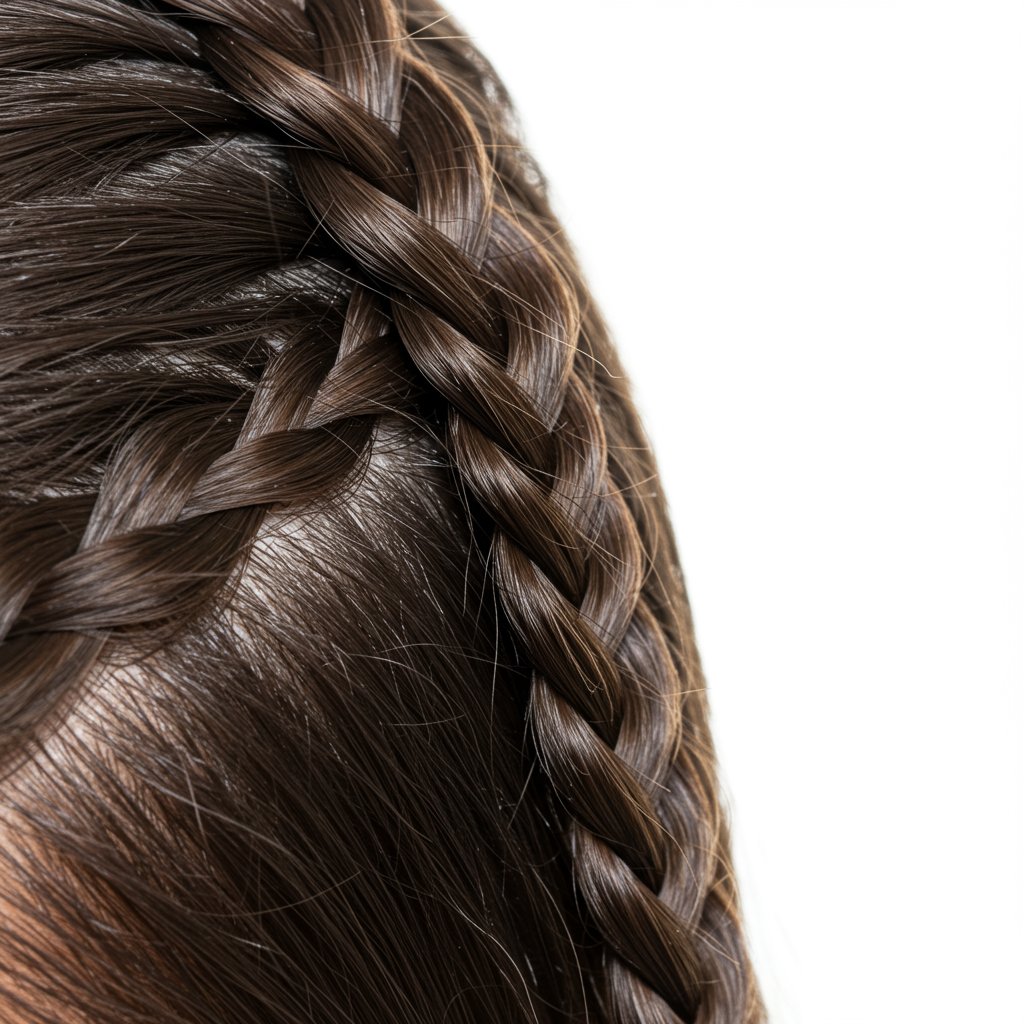
This 'drop and replace' technique is what creates the iconic cascade. The dropped strands become the 'waterfall,' flowing freely down the length of the hair, while the braid itself acts as a beautiful, horizontal crown or accent. This unique structure sets it apart from other popular braids. A Dutch braid, for example, creates a raised, '3D' effect by crossing strands under instead of over. A fishtail braid uses only two strands and creates a more intricate, herringbone pattern. The waterfall braid’s genius is its beautiful paradox: it is both a structured braid and a celebration of loose, flowing hair, offering the best of both worlds.
Understanding this anatomy is crucial for mastering the style. The tension of the braid must be consistent to hold its shape, while the cascading strands should be smooth and untangled to flow naturally. The angle at which you create the braid—whether straight across the back of the head, diagonally, or framing the face—dramatically changes the final look. It’s a style built on precision and a delicate touch, resulting in a look that appears effortlessly romantic and incredibly sophisticated.
Achieving a polished and long-lasting waterfall braid begins long before the first strand is woven. Proper hair preparation is the foundation of any successful hairstyle, and this cascading look is no exception. The ideal canvas is hair that has a bit of grip and texture; overly silky, clean hair can cause the strands to slip, making the braid difficult to secure. For this reason, second-day hair is often perfect for braiding. If you're starting with freshly washed hair, introducing some texture is key. A light spritz of texturizing spray, sea salt spray, or even a bit of dry shampoo at the roots can provide the necessary hold for the braid to stay in place.
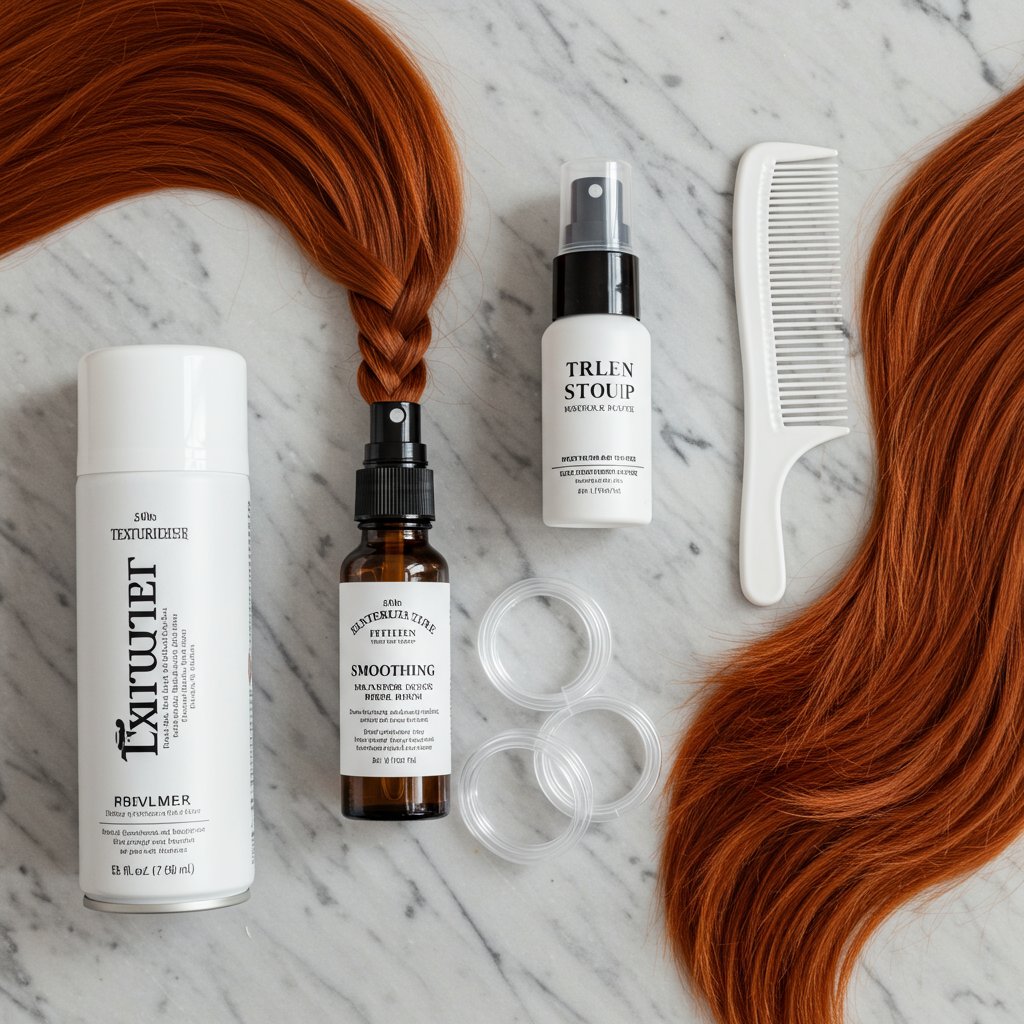
Before you begin, ensure your hair is completely free of tangles. Use a wide-tooth comb or a detangling brush to gently work through any knots, starting from the ends and moving up to the roots. This prevents snagging during the braiding process and ensures that the cascading strands fall smoothly and beautifully. The type of hair you have will also influence your prep. For those with fine hair, a volumizing mousse applied before blow-drying can add body and make the braid appear fuller. For those with thick or curly hair, a smoothing cream can help tame frizz and create a more defined, sleek cascade. A light application of a heat protectant is also recommended if you plan to curl or wave the cascading strands beforehand for a more romantic finish.
Gather your tools before you start. You'll need a fine-tooth comb for creating clean sections, a few small, clear elastics to secure the end of the braid discreetly, and some bobby pins that match your hair color for tucking away any loose ends or securing the braid in place. Having everything within reach allows for a smoother, more focused braiding process. This thoughtful preparation not only makes styling easier but also significantly improves the final look and longevity of your waterfall braid, ensuring it remains flawless throughout the day or night.
Creating a waterfall braid may look complex, but it's a manageable process when broken down into clear steps. Patience and a light touch are your best friends here. Follow this detailed guide to master the classic technique.
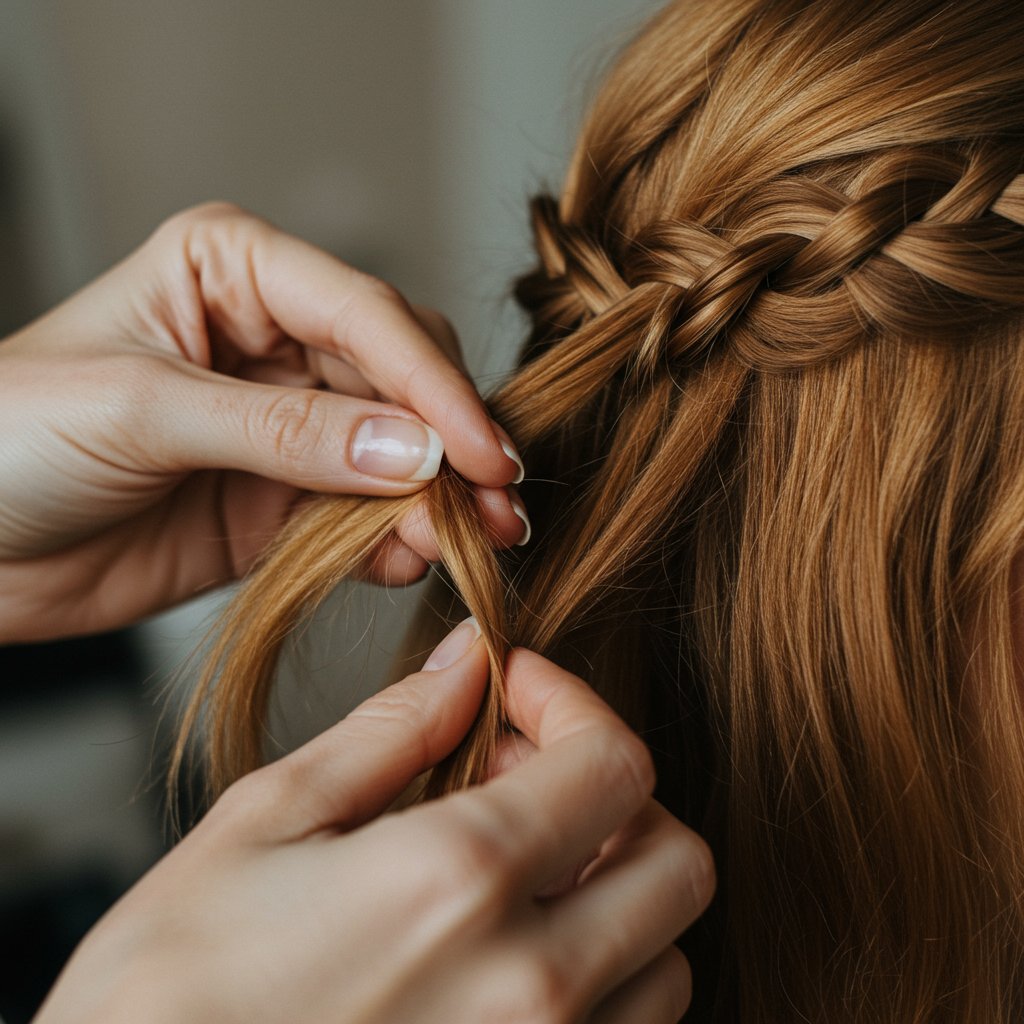
Once you've mastered the classic waterfall braid, a world of creative variations opens up. These twists on the original technique can tailor the style to different occasions, hair types, and personal aesthetics, transforming a simple braid into a true statement piece.
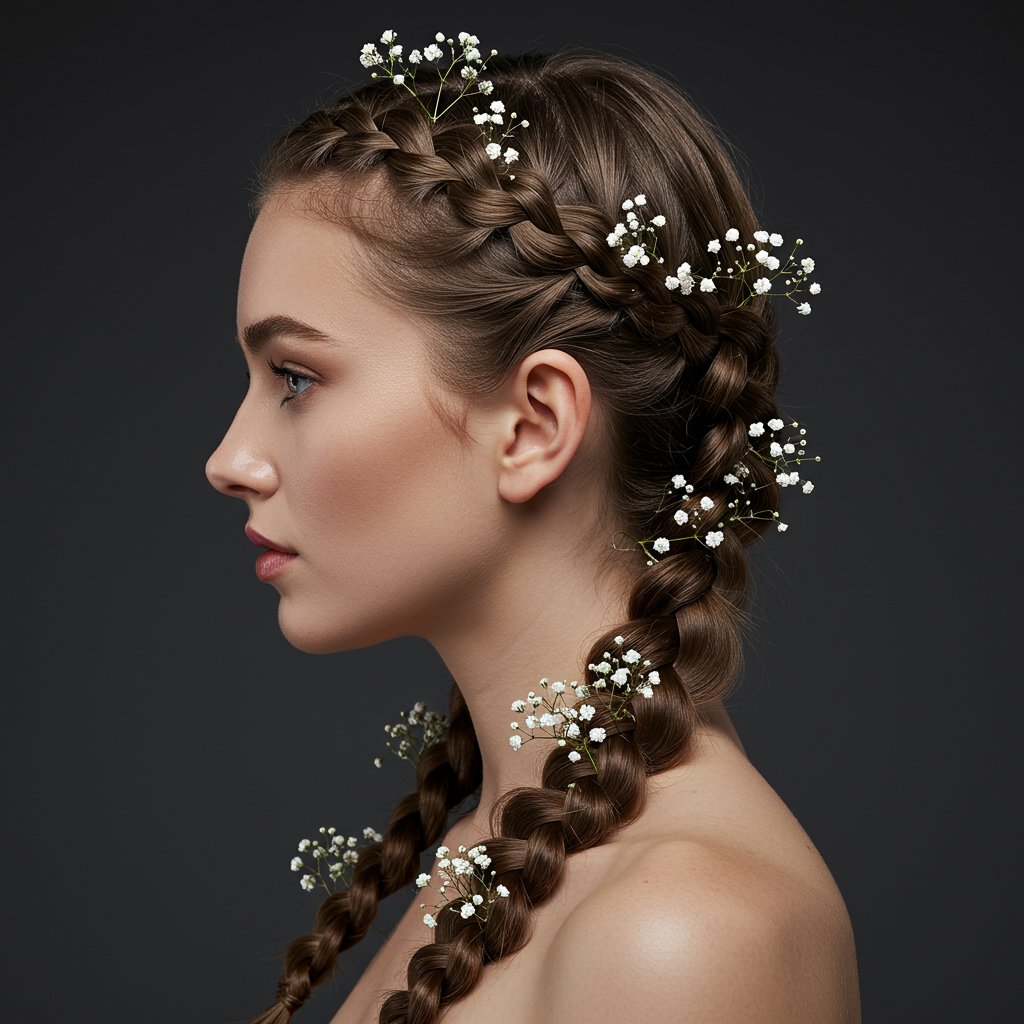
Even with a clear tutorial, mastering the waterfall braid can take a few tries. Certain common pitfalls can lead to a less-than-perfect result. Understanding these issues and knowing how to correct them is key to achieving a professional-looking finish every time.

One of the most frequent problems is inconsistent tension. If the braid is too loose, it will sag and lose its definition quickly. If it's too tight, it can look severe and cause discomfort. The goal is a firm but gentle hold. Practice maintaining even pressure with your hands as you braid. If you find your braid is loose, don't be afraid to undo it and start again. It’s better to restart than to finish with a style that won't last. A good tip is to hold the three strands taut but not pulling on the scalp as you work.
Another common issue is the cascading strands getting tangled or mixed up with the hair you are about to pick up. This can make the process confusing and result in a messy look. To avoid this, be methodical. After you drop a strand, use your finger to gently separate it from the rest of the hair, pushing it forward or over your shoulder and out of the way. When you pick up a new section to become the bottom strand, use a comb to ensure it's a clean, neat section. This separation is crucial for a clean, defined waterfall effect.
Finally, many people struggle with making the braid look full and lush, especially on fine hair. If your braid looks thin or sparse, try the 'pancaking' technique. Once the braid is complete and secured, gently tug on the outer loops of the braided portion. Pull them outwards, bit by bit, to create the illusion of more volume and thickness. Be careful not to pull too hard, as this can loosen the entire structure. This simple trick can dramatically enhance the braid's visual impact, giving it a softer, more romantic, and voluminous appearance.
The waterfall braid's unique blend of elegance and effortlessness makes it suitable for an incredibly wide range of occasions. Its versatility is one of its greatest strengths, allowing it to be dressed up or down to match the formality of any event.
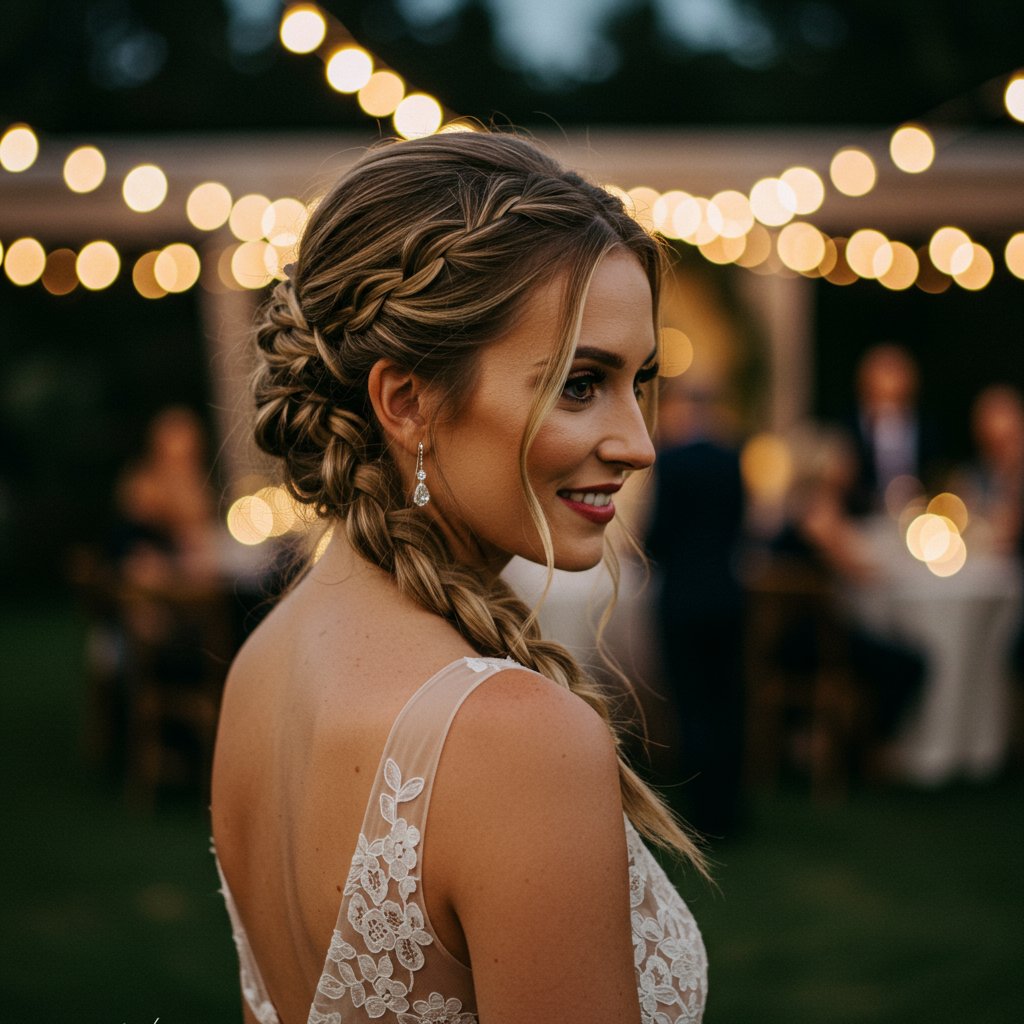
For brides and bridesmaids, the waterfall braid is a perennial favorite. It exudes romance and softness, perfectly complementing wedding attire without being overly structured. It can be adorned with fresh flowers for a rustic or bohemian wedding, or with delicate pearls and crystals for a more classic, glamorous affair. It also photographs beautifully, capturing the light and movement in a way that structured updos cannot. Similarly, for proms, galas, and other formal events, a waterfall braid offers a sophisticated yet youthful alternative to traditional hairstyles. Paired with soft curls or waves, it creates a look that is both polished and enchanting.
Beyond formal wear, the waterfall braid is a perfect choice for more casual, free-spirited events like music festivals, garden parties, or summer barbecues. In these settings, the braid can be styled with a looser, messier finish for a true bohemian vibe. It keeps hair away from the face while still allowing you to show off your length and texture. It's also a practical and stylish choice for everyday wear. A simple waterfall braid can elevate a casual jeans-and-t-shirt look or add a touch of professionalism to your office attire. It's a way to look put-together with minimal effort, showcasing your personality and style.
While mastering the waterfall braid at home is a rewarding skill, there are times when seeking the expertise of a professional stylist is the best choice, especially for significant life events. Professional hair salons offer a level of precision, artistry, and longevity that can be difficult to replicate on your own. A trained stylist has a deep understanding of how to adapt the braid to different hair types, textures, and face shapes, ensuring the final look is perfectly flattering and customized to you.

One of the biggest advantages is durability. Stylists use professional-grade products and techniques to prep the hair and set the style, ensuring your waterfall braid remains flawless from the first photo to the last dance. They can expertly conceal pins and elastics, create perfectly balanced tension, and pancake the braid for maximum volume without compromising its structure. This is particularly crucial for weddings, proms, or any event where you need your hair to withstand hours of activity and still look impeccable. They can also seamlessly incorporate extensions for added length or volume, a task that is challenging for the untrained hand.
Furthermore, a salon visit provides a stress-free, pampering experience. Instead of worrying about getting the sections even or reaching the back of your own head, you can relax while an expert creates a work of art. Stylists can also offer creative variations and suggestions you may not have considered, from incorporating a hidden braid to creating a complex, multi-braid updo with the waterfall as its centerpiece. For those milestone moments when you want to look and feel your absolute best, investing in a professional stylist ensures a stunning, stress-free, and picture-perfect result.
The waterfall braid is more than just a hairstyle; it's a statement of grace and romanticism. Its unique ability to combine the polished structure of a braid with the carefree beauty of flowing locks makes it a timeless choice for any occasion. From the initial prep to the final, cascading result, each step is an exercise in creativity and detail. Whether you choose to master the classic technique for your everyday look, explore intricate variations for special events, or entrust your style to a professional for a truly flawless finish, the waterfall braid offers endless possibilities.
We hope this guide has inspired you to embrace the cascading effect and try this enchanting style for yourself. With a little practice and the right techniques, you can unlock the secrets to a perfect waterfall braid that is sure to turn heads and leave a lasting impression of effortless elegance. It’s a beautiful way to express your personal style, adding a touch of artistry to your look that is both captivating and unforgettable.
Download our app to instantly see how you'd look with any hairstyle or color
Get the App
12 min read

12 min read

14 min read